RARE! WWII D-Day "Hiesville -Landing Zone E" Operation Chicago - U.S. Glider Wreckage Fragment Excavated Relic
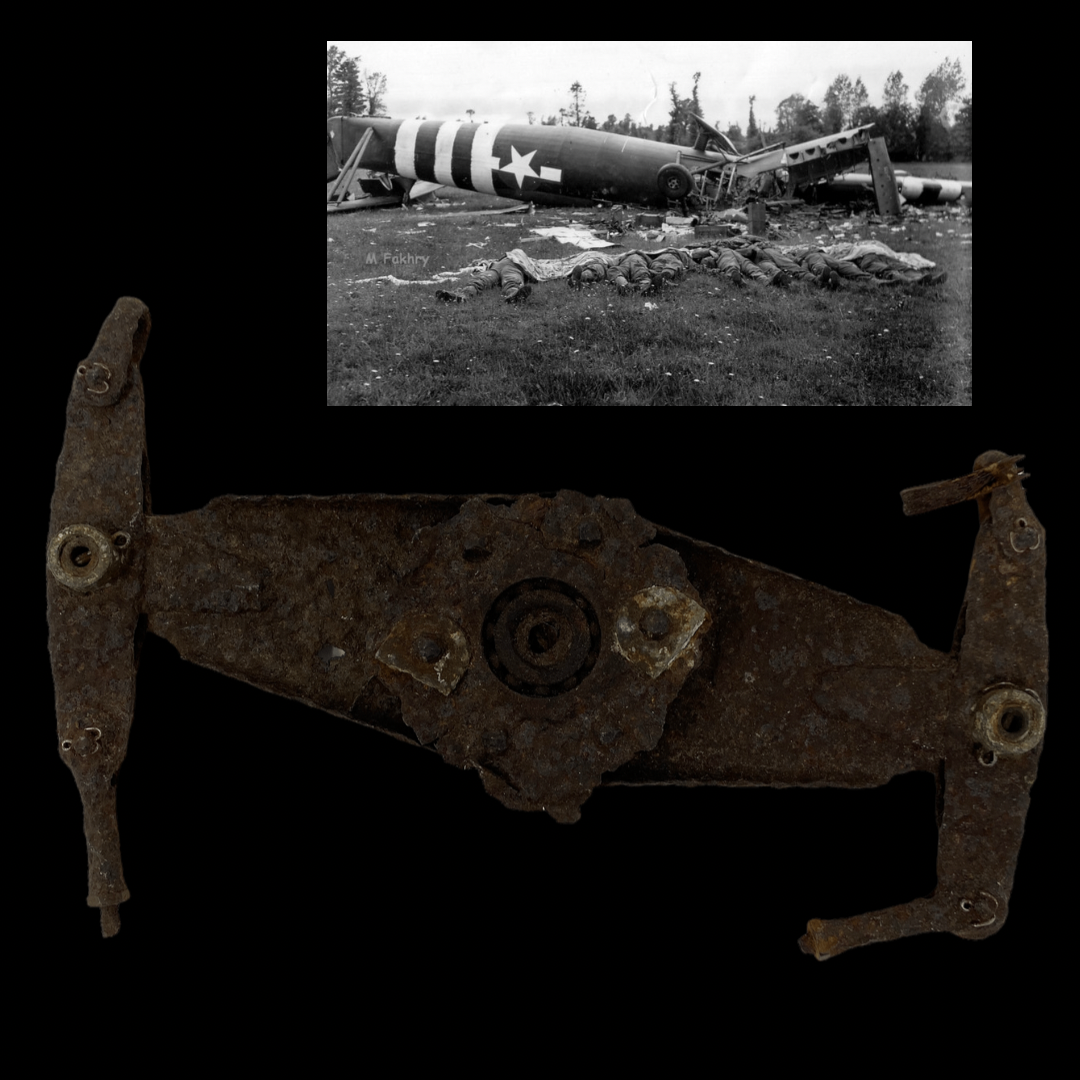

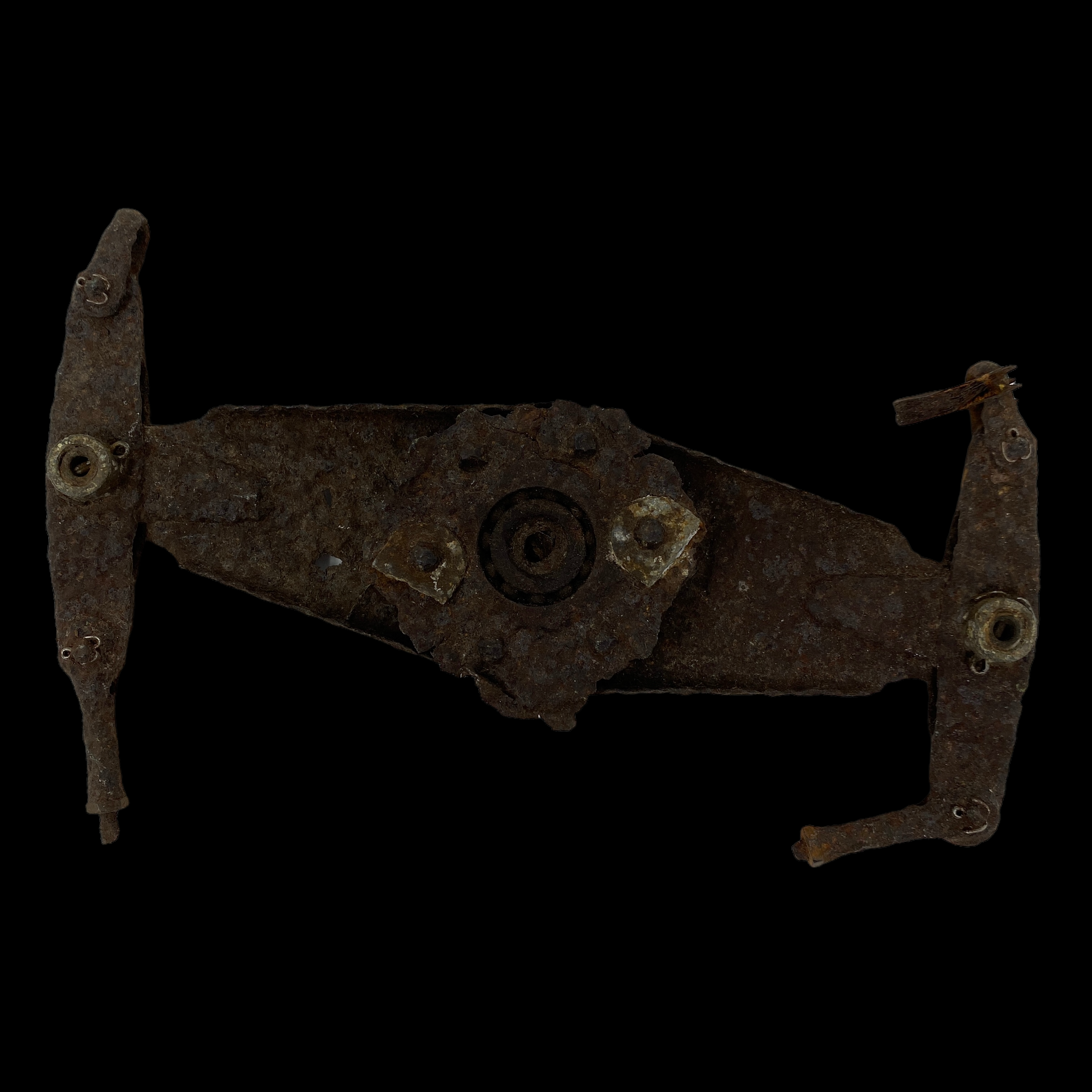
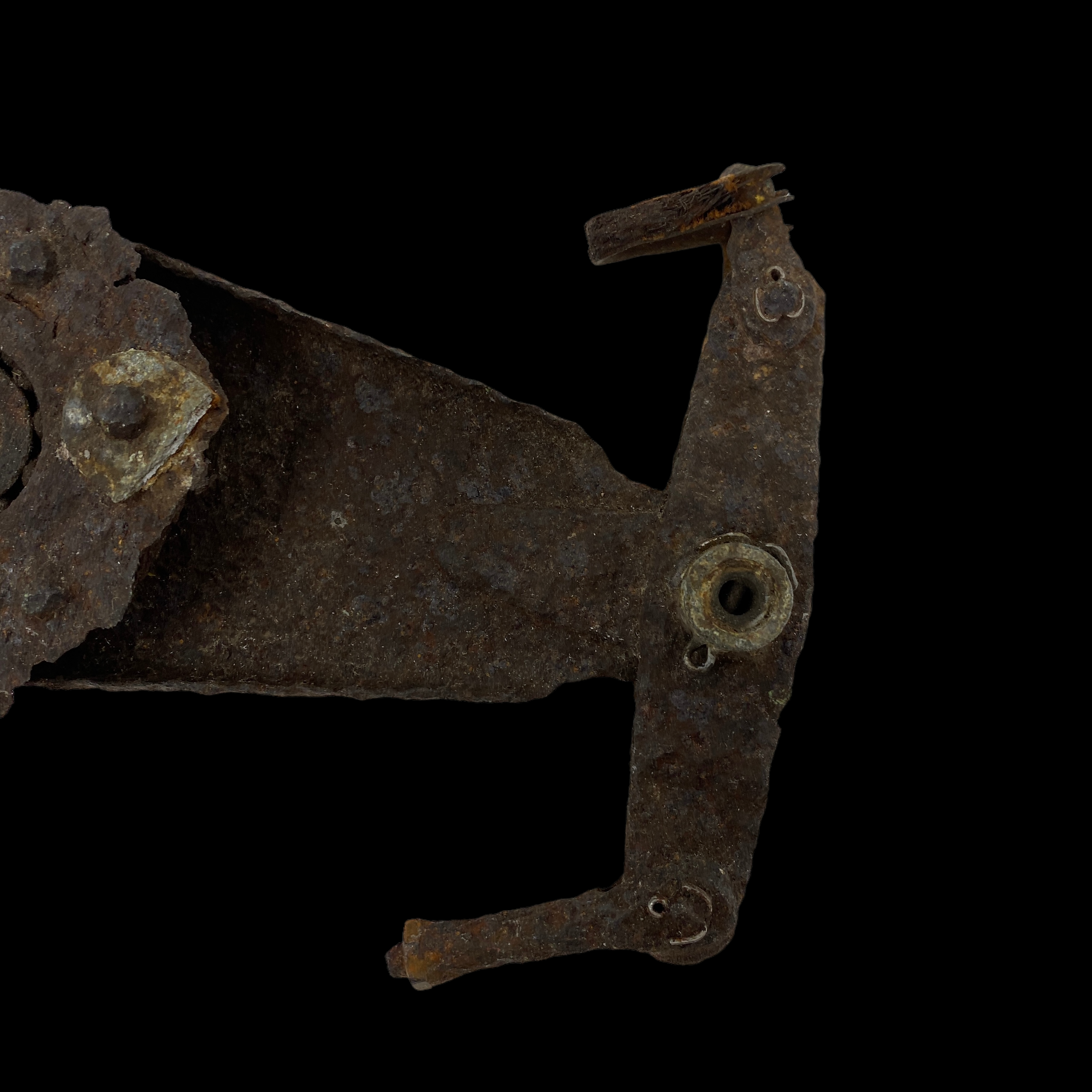

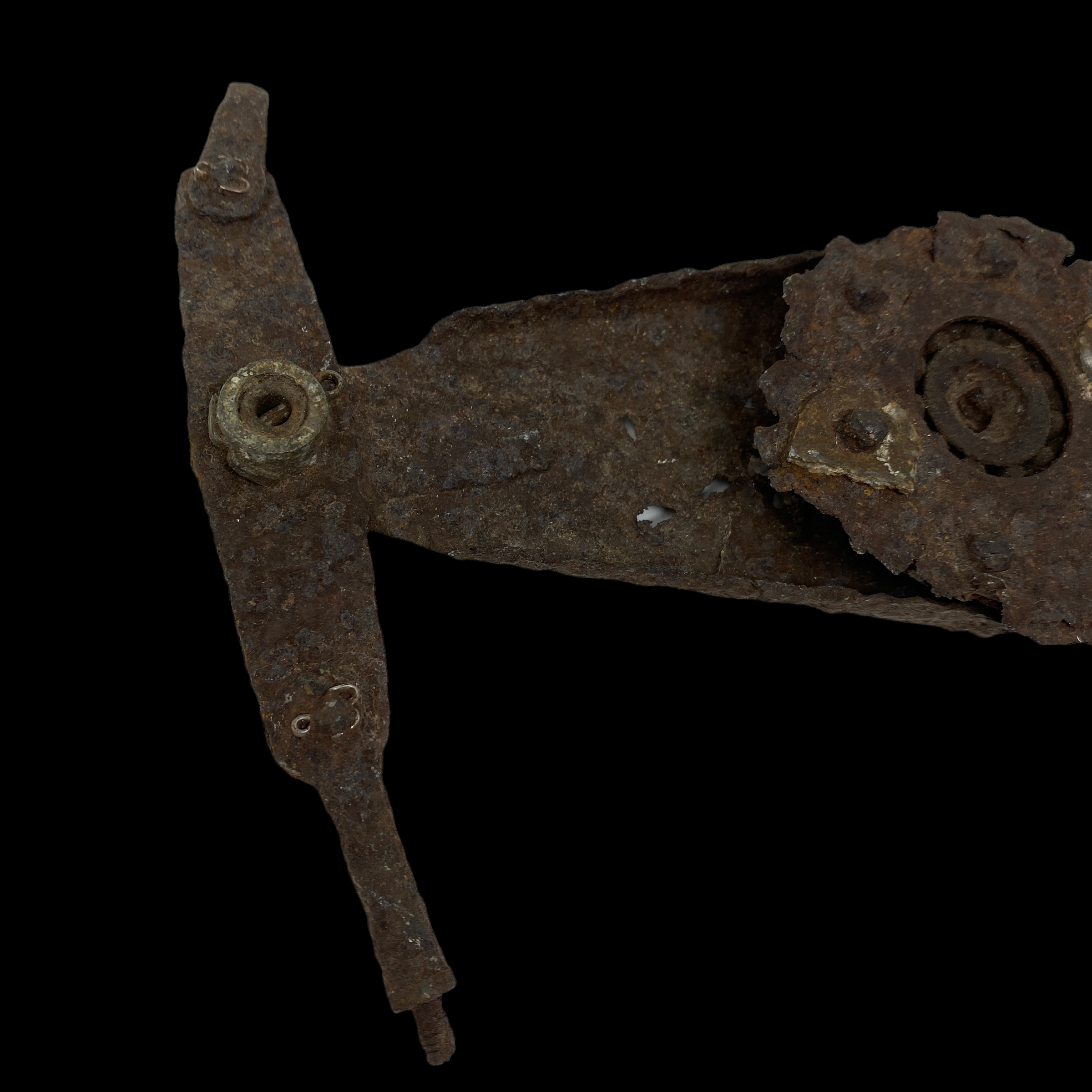

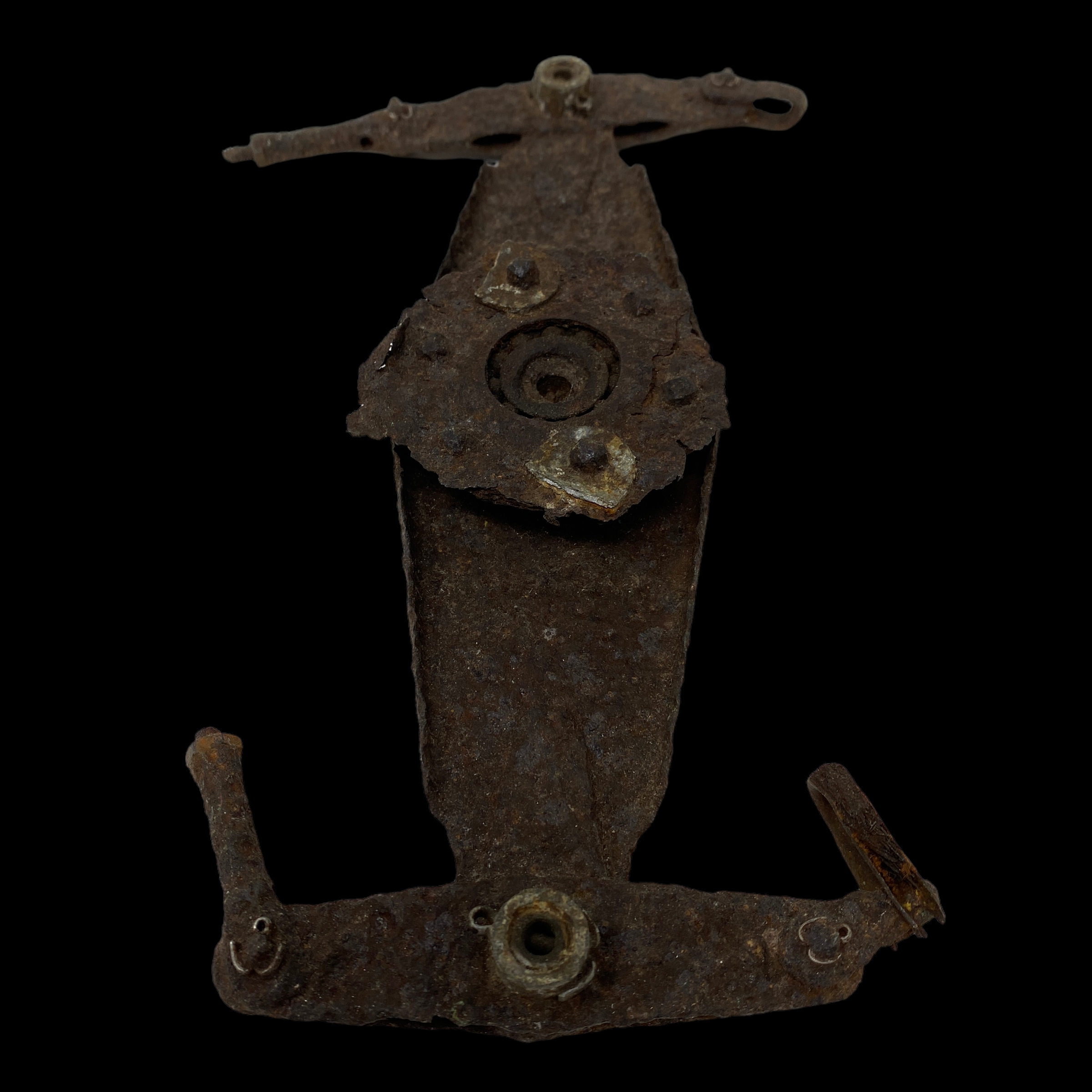
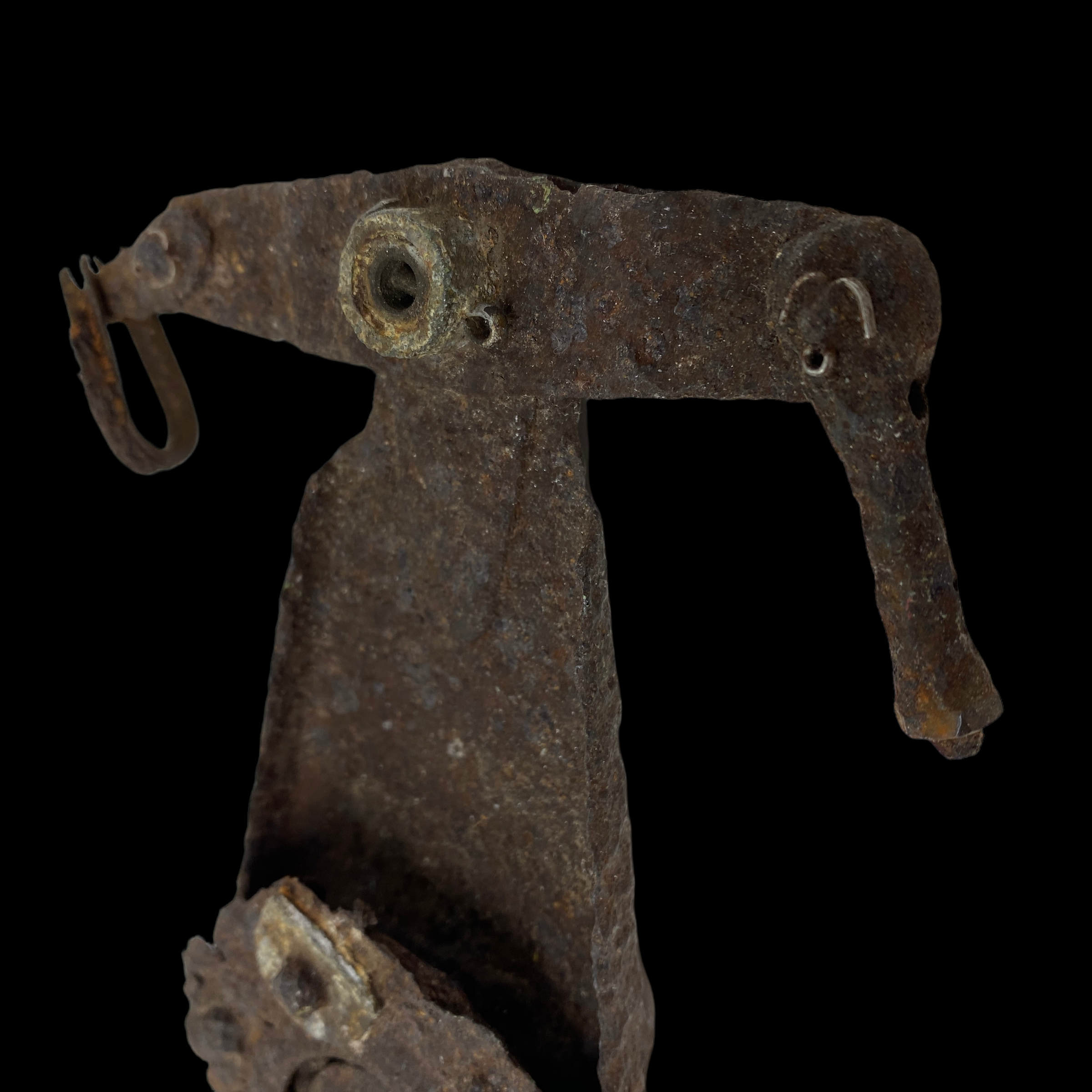
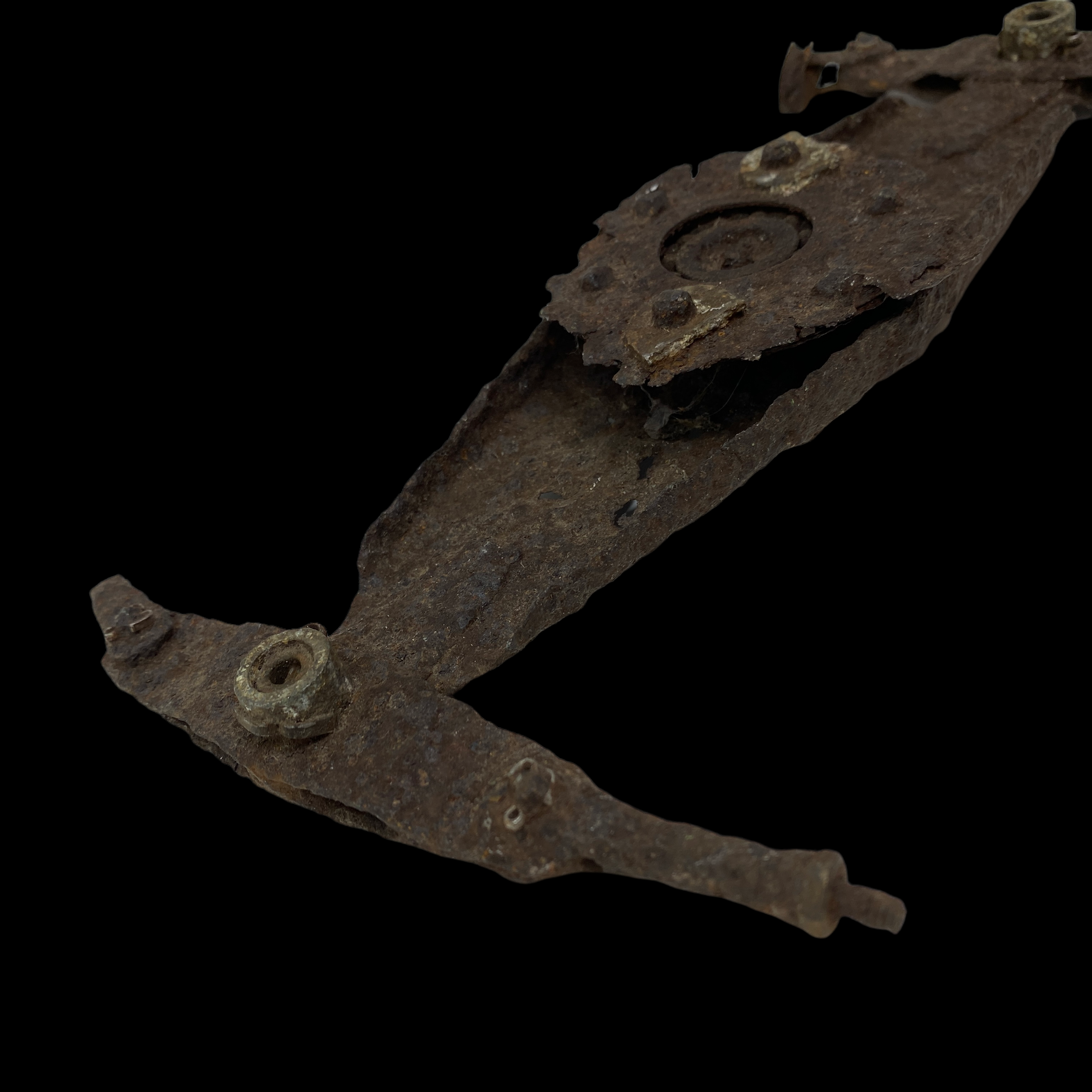
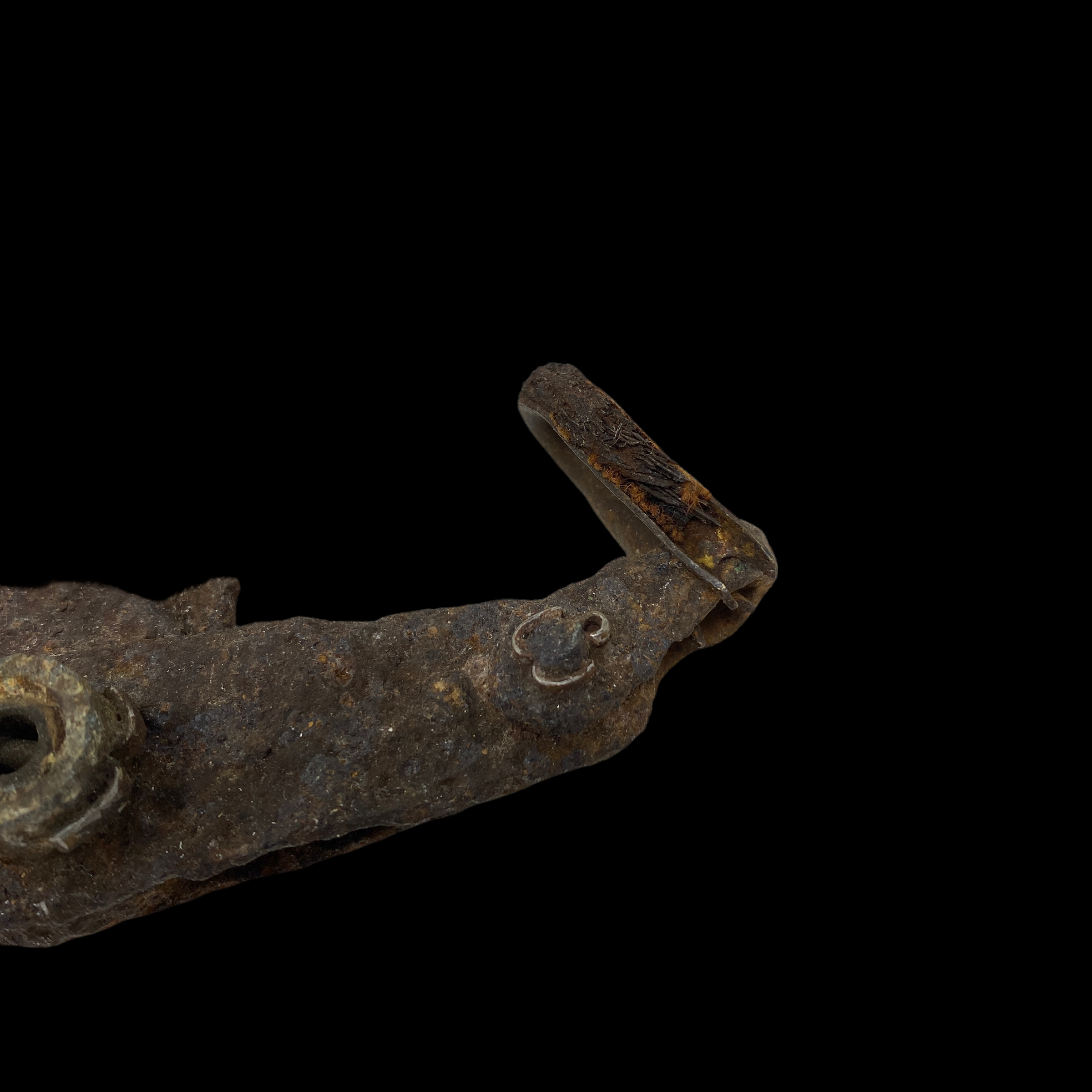
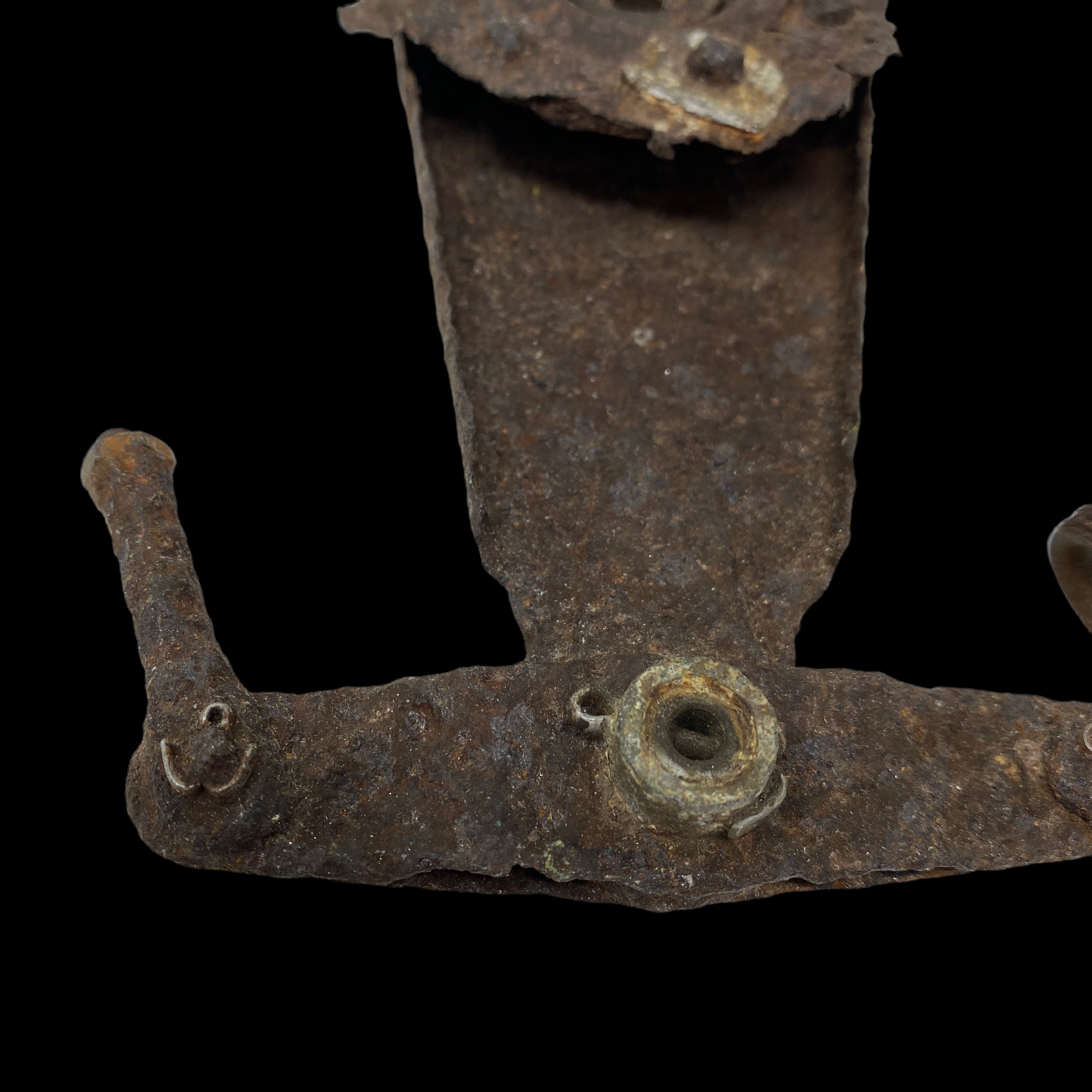
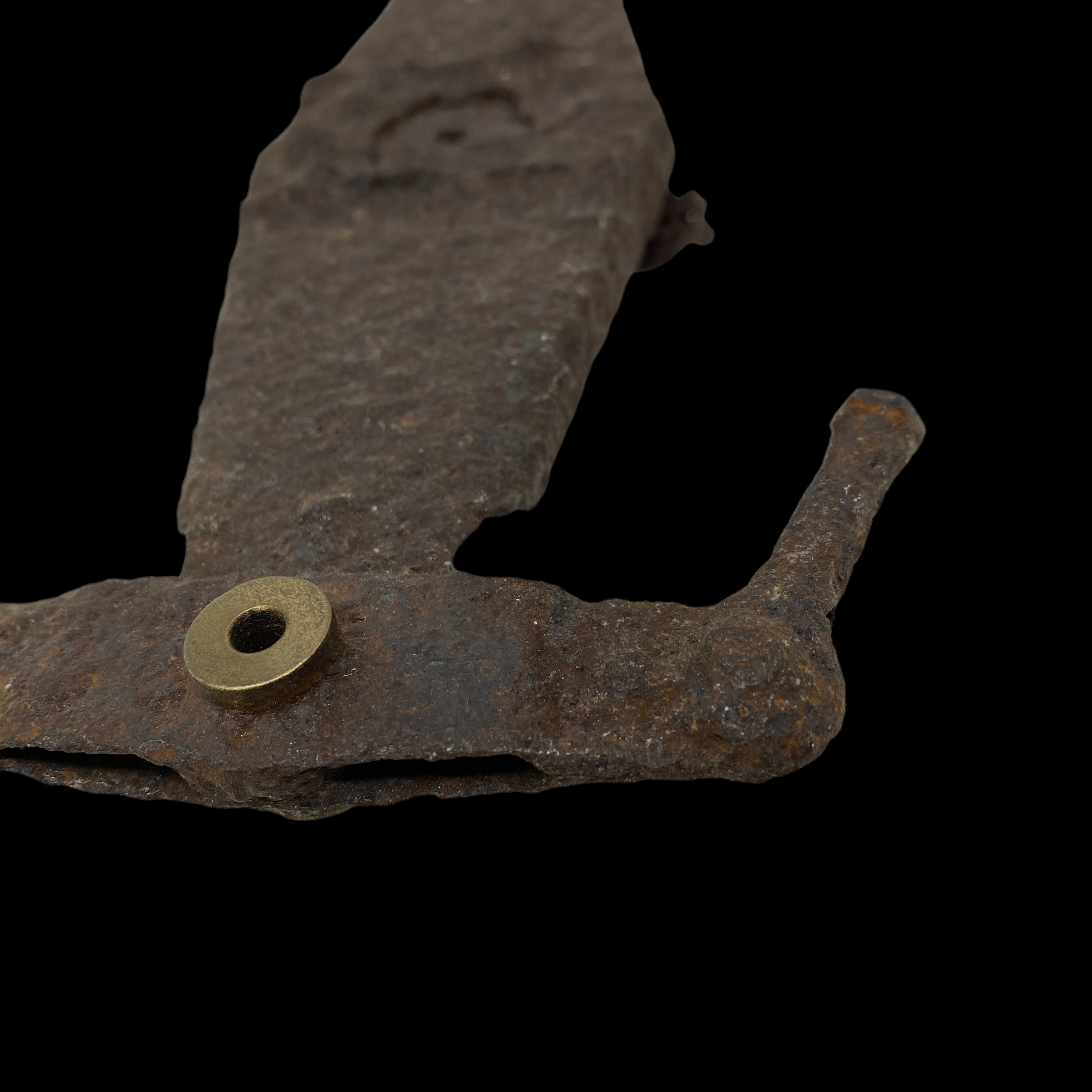
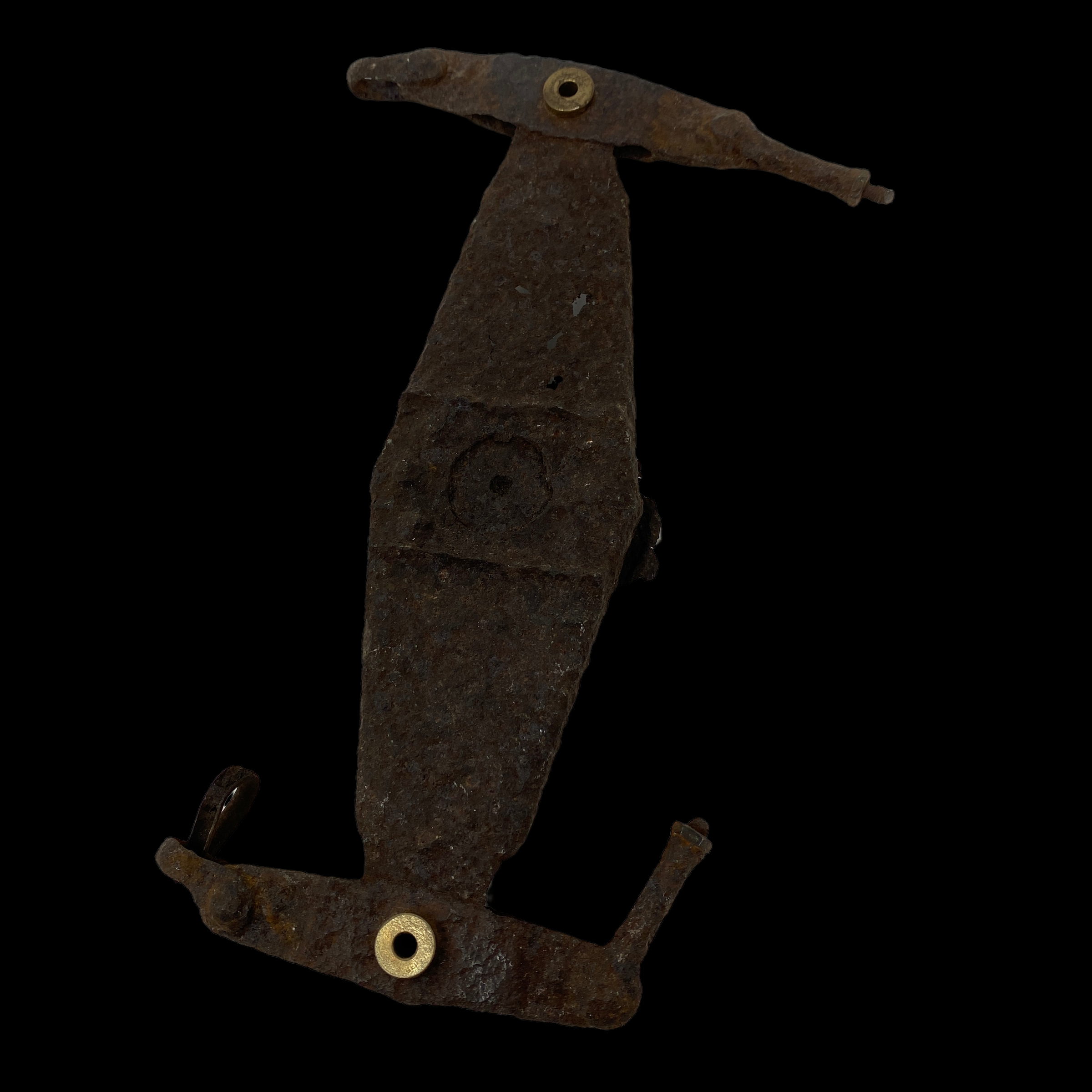
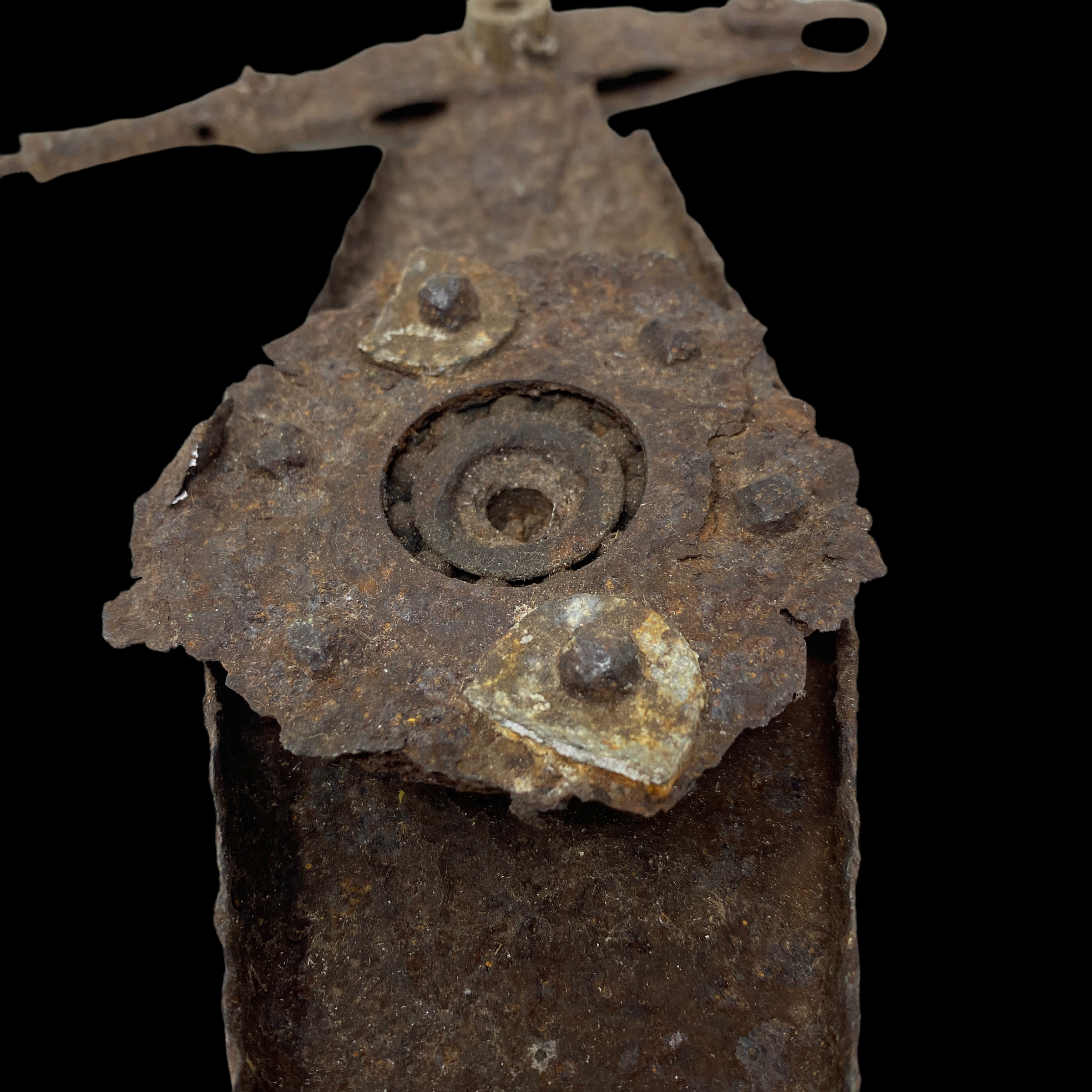
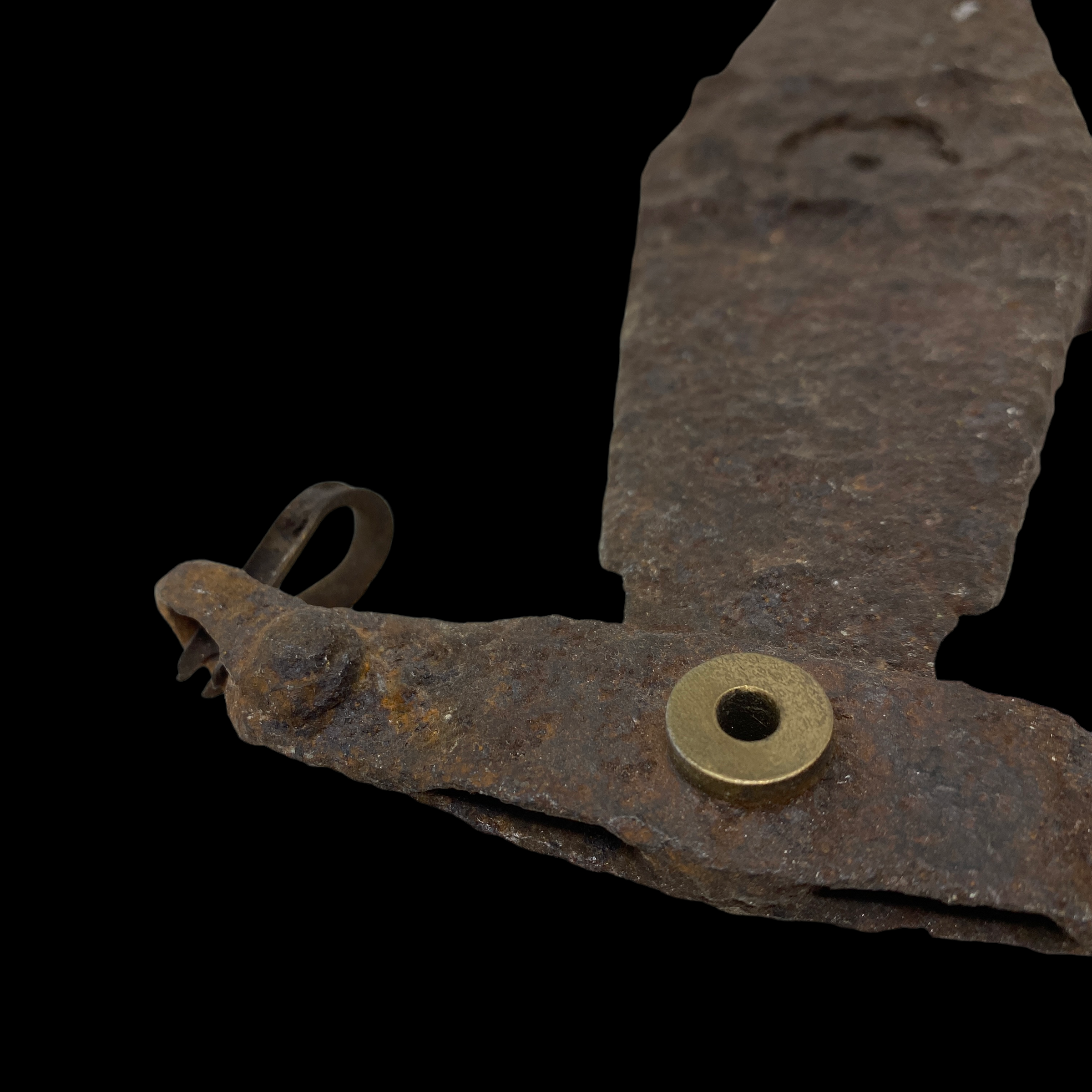

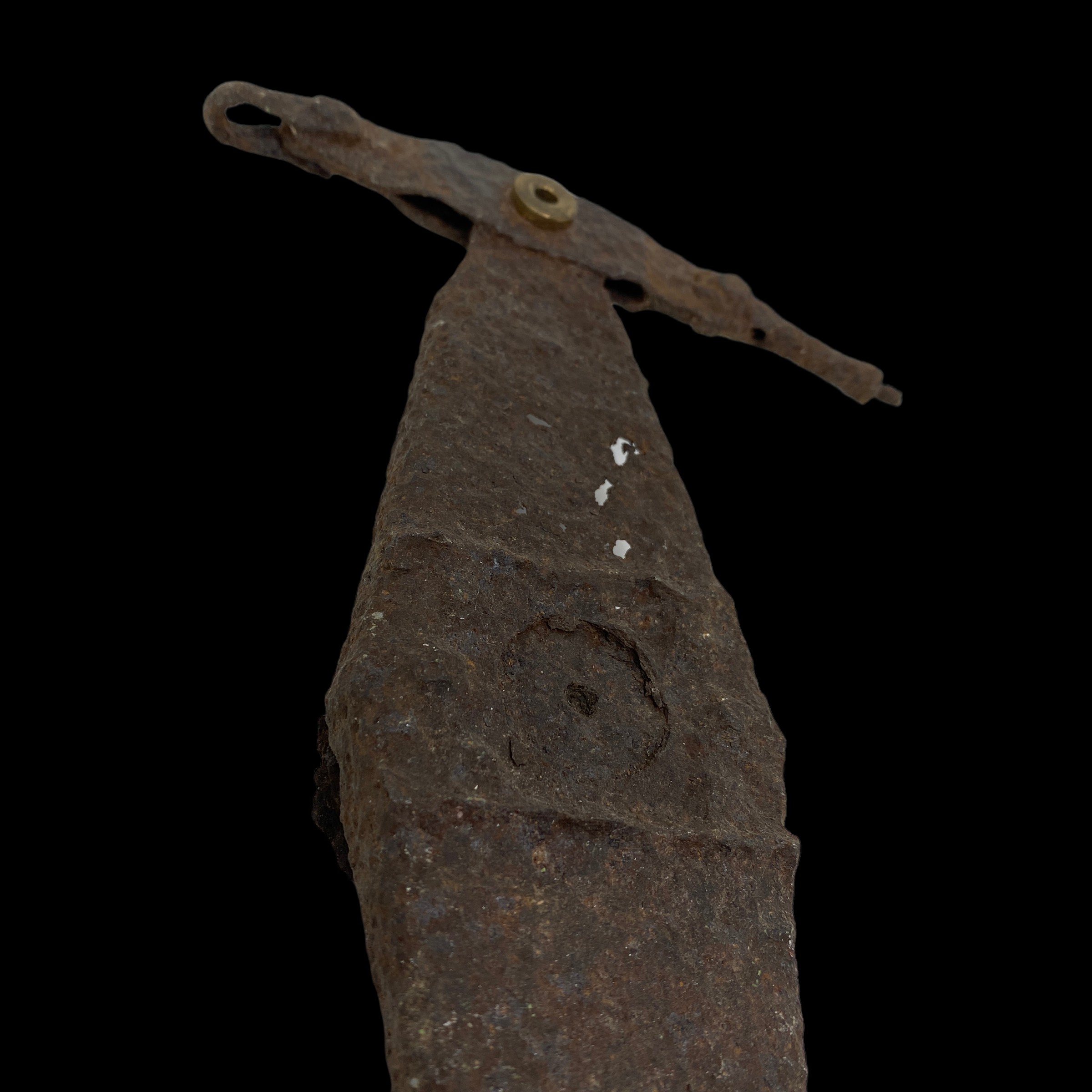
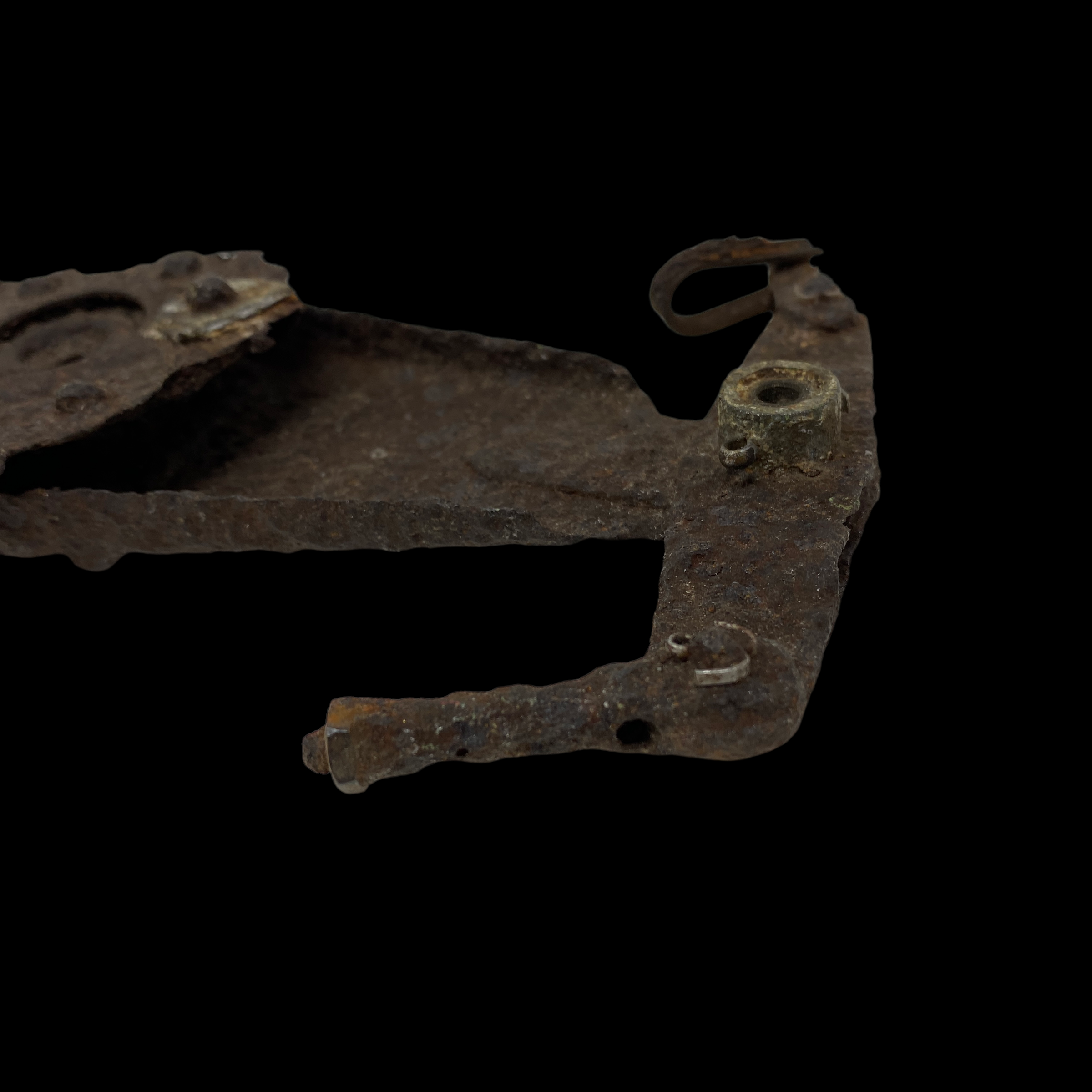

RARE! WWII D-Day "Hiesville -Landing Zone E" Operation Chicago - U.S. Glider Wreckage Fragment Excavated Relic
Comes with hand-signed C.O.A.
This incredibly rare and museum-grade artifact of D-Day history was professionally excavated from the Normandy region of Hiesville (located near Utah Beach). This relic glider fragment came from a piece a U.S. glider that landed during the initial Allied airborne and glider assault on June 6th, 1944.
This relic comes from one of the gliders landing near Hiesville (located just off Utah Beach) and designated DZ “C” and LZ “E”. Most of the gliders that landed on June 6th, 1944 made extremely hard landings, with some breaking apart completely upon landing. These pieces of glider wreckage were thrown all over the area and left buried.
Operation Albany is the troop transport mission of the 101st Airborne Division led by General Taylor. It aims at capturing several key points during the night of June 5-6, 1944, to ensure the success of the amphibious operations on Utah Beach. To this purpose, three major objectives are defined by the Allies: to seize the routes connecting the beach to the inland, to seize key points, to control the road nodes and localities of the area, and finally to control the bridges over the Merderet and the Douve rivers. These actions are carried out in conjunction with the 82nd Airborne Division. This operation is part of several airborne missions for the 101st Airborne in Normandy: in chronological order on D-Day, this assault begins with Albany (00:20 on June 6th, 1944), continues with operation Chicago (04:00) and ends with operation Keokuk (9 pm).
The southwest flank and the control of the bridges on the Douve became the absolute priorities of General Taylor. In order to reinforce its positions in personnel and additional equipment, the 101st Airborne Division launches the second part of its assault on the Cotentin with operation Chicago starting at 4 o’clock in the morning on June 6, 1944. This reinforcement was made with the landing of 52 Waco gliders on Landing Zone “E” west of Hiesville.
Operation Chicago is itself followed on D-Day at 9 pm by a new airtransport assault by gliders: operation Keokuk.
The U.S. airborne landings in Normandy were the first U.S. combat operations during Operation Overlord, the invasion of Normandy by the Western Allies on June 6, 1944, during World War II. Around 13,100 American paratroopers of the 82nd and 101st Airborne Divisions made night parachute drops early on D-Day, June 6, followed by 3,937 glider troops flown in by day.[2] As the opening maneuver of Operation Neptune (the assault operation for Overlord) the two American airborne divisions were delivered to the continent in two parachute and six glider missions.
History:
The village of Hiesville, occupied in the spring of 1944 by the German soldiers of Grenadier-Regiment 1058 (91. Infanterie Division), is in the immediate vicinity of the “C” drop zone of the 101st Airborne Division during Operation Albany in the early hours of D-Day. It is also located on the outskirts of the “E” landing zone intended for the completion of Operation Chicago. This landing zone (LZ) is triangular in shape, one kilometer long and one and a half kilometers wide. It is located at the heart of the 101st Airborne Division, which allows the three divisional jump zones to be reinforced in a minimum of time. Unlike the glider landing areas of the 6th Airborne Division northeast of Caen, LZ “E” is very compartmentalized in several orchards and fields bordered by high hedges peculiar to the Norman hedgerow and by lines of trees reaching Sometimes fifteen meters in height. However, the fields in this sector are on average twice as extensive as in the rest of Cotentin.
In the early hours of 6 June 1944 Operation Albany began. The drops for the drop zone (DZ) “C” face a large anti-aircraft artillery barrage during their passage over the Cotentin. These shots, which are not very precise but very numerous, disorient the pilots and cause a feeling of panic within the formations held by these 81 C-47s. Three of them are shot down before the launch. The first battalion of the 506th Parachute Infantry Regiment (PIR) is parachuted under correct conditions: two-thirds of the battalion is dropped directly on the DZ or less than a kilometer away. The paratroopers quickly seized the commune.
Then comes the turn of Operation Chicago. The marking on the ground by the Pathfinders on the LZ “E” is marked by the pilots of the 49 still operating C-47s who drop their trailer at 3 hours 54 for the first aircraft and 140 meters (450 feet) ‘altitude. Delivered to themselves, the gliders must rotate 270 degrees according to the preliminary instructions. During this delicate phase, many pilots are disoriented all the more because the luminosity of the Moon is very low during that night, the clouds being very numerous.
Only 6 of the 49 gliders land directly on LZ “E”, 15 others touch the Normandy ground less than one kilometer. 10 others land in the Forges region in the west (on LZ “W” for gliders of the 82nd Airborne Division). The remaining 18 gliders land within a radius of three kilometers around LZ “E”, except one that landed beyond it again. The landing of the gliders takes place under difficult conditions. Darkness poses serious problems for pilots who see the lines of trees along the fields belatedly and are obliged to change their zone of posting. The dew is particularly present at this time of night and the gliders glide on the grass without slowing down: most of them are embedded in the hedges at full speed despite all the efforts made by the crews to brake. This is in particular what happens to the pilots of the Fighting Falcon carrying General Pratt, second in command of 101st Airborne: in spite of the actions of Lieutenant-Colonel Murphy, the Waco hits a hedge of poplars 12 meters high To the southwest of Hiesville, 250 meters from the departmental 329. Inside, General Pratt sits aboard a Jeep and dies on impact, his neck broken by shock, while the second lieutenant Butler is killed by a tree branch crossing the co-pilot side cockpit.
Colonel Robert Sink, 506th PIR Corps Commander, sets up his command post in the town of Hiesville near Sainte-Marie-du-Mont. It is also in this village, in the manor of Colombières, that General Taylor has installed his. The manor of Colombières hosts the first divisional hospital of the 101st Airborne.